Do you want to know about types of biofertilizers? are you interested in getting some information about biofertilizers in India, nitrogen biofertilizers, and define and classify biofertilizers? Biofertilizers are fertilizers that contain a sufficient number of one or more species of beneficial soil organisms that are in the containers. In other words, these types of fertilizers, which contain effective microbial species to provide the nutrients needed by the plant, increase production per unit area. Biofertilizers produce plant nutrients such as nitrogen and phosphorus through their activity in soil or underground stems and gradually enter the plant.

How many types of biofertilizers are there?
 The most important biological fertilizers are:
The most important biological fertilizers are:
- Mycorrhizal fungi, which coexist with the roots of some plants and produce beneficial effects.
- Nitrogen Stabilizer
- Earthworms are used in humus production and produce a kind of compost fertilizer called Wermy compost.
- Sulfur oxidizer (Thiobacillus), a fertilizer that contains Thiobacillus bacteria and causes biological oxidation of sulfur.
- Phosphate solubilizing microorganisms, which convert insoluble phosphate to soil soluble and available phosphorus.
The term mycorrhiza (meaning root fungus, mycorrhizal plural) generally refers to the coexistence between plant roots and fungal mycelia, and there are two primary types of mycorrhizal fungal co-operation with ectotrophic or ectomycorrhiza and endotrophic or endomycorrhiza. The main job of nitrogen stabilizers is to stabilize the nitrogen in the air and convert it into mineral nitrogen. Nitrogen gas makes up 79% of the air around us, but plants are unable to use it, so gas must become inorganic nitrogen. Industrial production of nitrogen is possible through the use of the petrochemical industry and in fertilizer factories, and its disadvantages include high cost.
Wholesale market of biofertilizers in the world
 biofertilizers are very effective in agriculture. Since ancient times, fertilizers were used to grow plants. These crops are still very effective today and that is why different companies are working in this direction. Fertilizers are available in three types: Organic fertilizers Chemical fertilizers Nowadays farmers use more fertilizers. These types of fertilizers can be divided into two types: Black manure White manure is more quality and therefore more practical. Black fertilizer can be purchased from various stores around the city.
biofertilizers are very effective in agriculture. Since ancient times, fertilizers were used to grow plants. These crops are still very effective today and that is why different companies are working in this direction. Fertilizers are available in three types: Organic fertilizers Chemical fertilizers Nowadays farmers use more fertilizers. These types of fertilizers can be divided into two types: Black manure White manure is more quality and therefore more practical. Black fertilizer can be purchased from various stores around the city.
What are the advantages of biofertilizers?
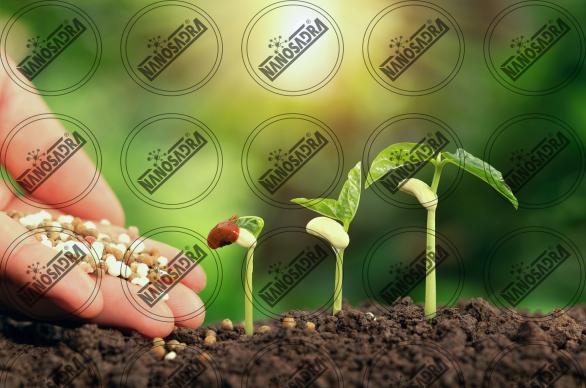 This useful biofertilizer is intended for optimal crop production, which is achieved through improved soil quality and environmental health and safety, using biotechnology. Production and application of biological fertilizers is one of the essential components in soil biotechnology and consequently integrated plant nutrition management. In general, biological fertilizer is a high concentration of one or more types of beneficial soil organisms or metabolic substances that are associated with a preservative and are produced solely to provide the plant with the nutrients it needs. The value of biological fertilizer is due to its three important properties: nutritional and chemical (in terms of soil micro-organism) and physical properties and improvement of biological properties. In fact, biological fertilizers are referred to as fertilizers that contain a sufficient number of one or more species of beneficial soil microorganisms that are first cultivated and propagated and then supplied with certain preservatives in liquid or dry, packaged form.
This useful biofertilizer is intended for optimal crop production, which is achieved through improved soil quality and environmental health and safety, using biotechnology. Production and application of biological fertilizers is one of the essential components in soil biotechnology and consequently integrated plant nutrition management. In general, biological fertilizer is a high concentration of one or more types of beneficial soil organisms or metabolic substances that are associated with a preservative and are produced solely to provide the plant with the nutrients it needs. The value of biological fertilizer is due to its three important properties: nutritional and chemical (in terms of soil micro-organism) and physical properties and improvement of biological properties. In fact, biological fertilizers are referred to as fertilizers that contain a sufficient number of one or more species of beneficial soil microorganisms that are first cultivated and propagated and then supplied with certain preservatives in liquid or dry, packaged form.
What is the need of using biofertilizers?
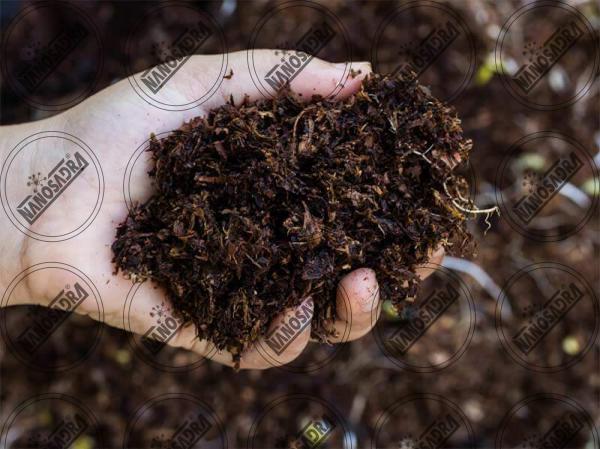 Plants, like humans, need nutrients for growth. Photosynthesis provides carbohydrates and in addition it is necessary to absorb certain minerals from the root environment of the plant. The uptake of elements by the roots of plants is not specific, meaning that wood elements in the plant are not essential to their growth. The plant is not able to detect the material absorbed from the soil, as it would not absorb the herbicide. By using the element the deficiency symptoms are eliminated and the element is directly effective in plant nutrition rather than in chemical or microbiological activities of the soil or culture medium. Some insecticides that are added to the soil are transmitted through the vascular system to all parts of the plant and result in the insect feeding on the sap.
Plants, like humans, need nutrients for growth. Photosynthesis provides carbohydrates and in addition it is necessary to absorb certain minerals from the root environment of the plant. The uptake of elements by the roots of plants is not specific, meaning that wood elements in the plant are not essential to their growth. The plant is not able to detect the material absorbed from the soil, as it would not absorb the herbicide. By using the element the deficiency symptoms are eliminated and the element is directly effective in plant nutrition rather than in chemical or microbiological activities of the soil or culture medium. Some insecticides that are added to the soil are transmitted through the vascular system to all parts of the plant and result in the insect feeding on the sap.



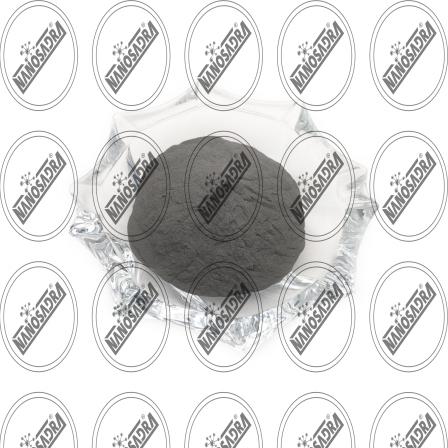
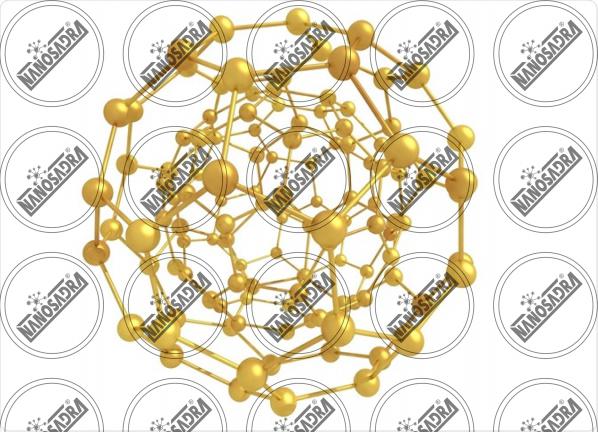


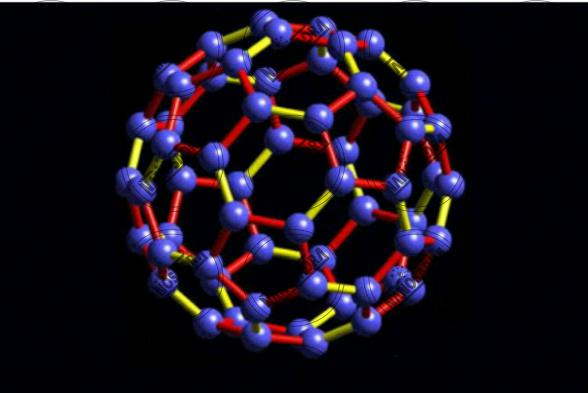
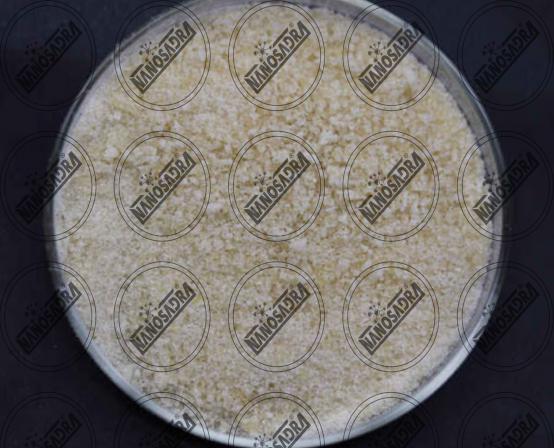

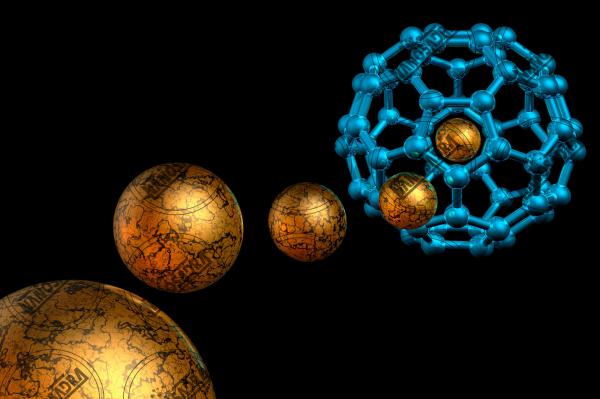
Hello ,You’re so cool! I do not think I have read through something like that before.So good to find someone with original thoughts on this subject. Really.. thank you for starting this up. This site is one thing that’s needed on the internet, someone with a bit of originality! many thanks
Your comment submitted.